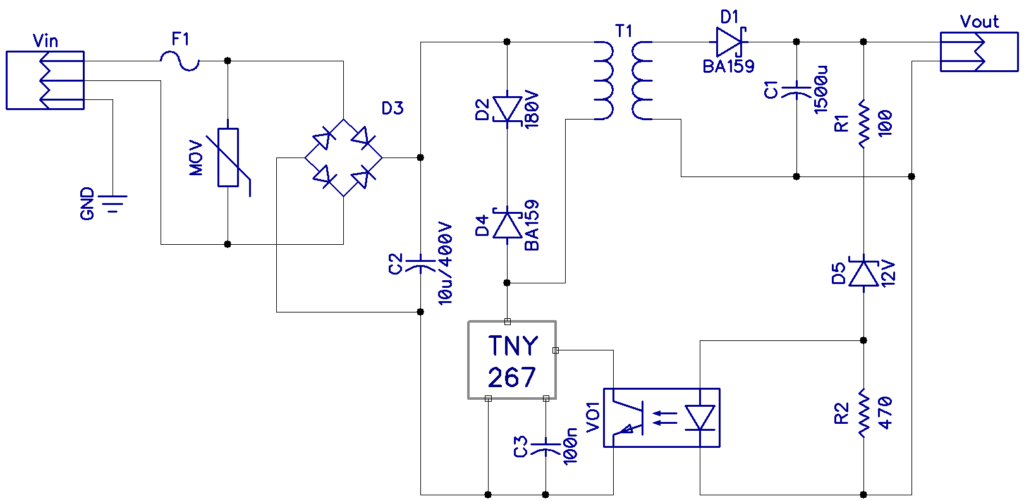SMPS Voltage Feedback Design Tips for Stable Power

⚡ The Problem: Unstable Output in SMPS Designs
When designing a Switched-Mode Power Supply (SMPS), one critical challenge is maintaining a stable output voltage under varying loads. Without proper voltage feedback, your output might fluctuate, causing instability or even damage to connected electronics.
🛠️ The Solution: Use a Voltage Divider and Error Amplifier
SMPS circuits use a voltage feedback loop—usually made of a resistor divider and an error amplifier (like in TL431 IC)—to constantly monitor output voltage and adjust switching accordingly. A correct design ensures tight regulation even with load changes.
🔌 Practical Example :
Say you’re building a 12V SMPS to power an LED strip. Without feedback, the voltage may rise above 12V, damaging LEDs. By tapping a fraction of the output via a voltage divider (e.g., using 10kΩ and 2.5kΩ resistors), and feeding it to the feedback pin of a controller, the circuit adjusts PWM to stabilize output.
📐 Sample Calculation :
For a TL431 with a 2.5V reference and desired 12V output:
Let R1 = 10kΩ,
Use Vout = Vref × (1 + R1/R2) →
12V = 2.5V × (1 + 10k/R2) →
R2 ≈ 2.27kΩ (use standard 2.2kΩ)
🛒 Product Suggestion :
Need resistors or TL431 ICs for your SMPS project?
Check out high-quality, Made in India components here:
👉 Shop now at SmartXProKits.in
💡 Support our work and India’s innovation—buy from our Make in India site!




















